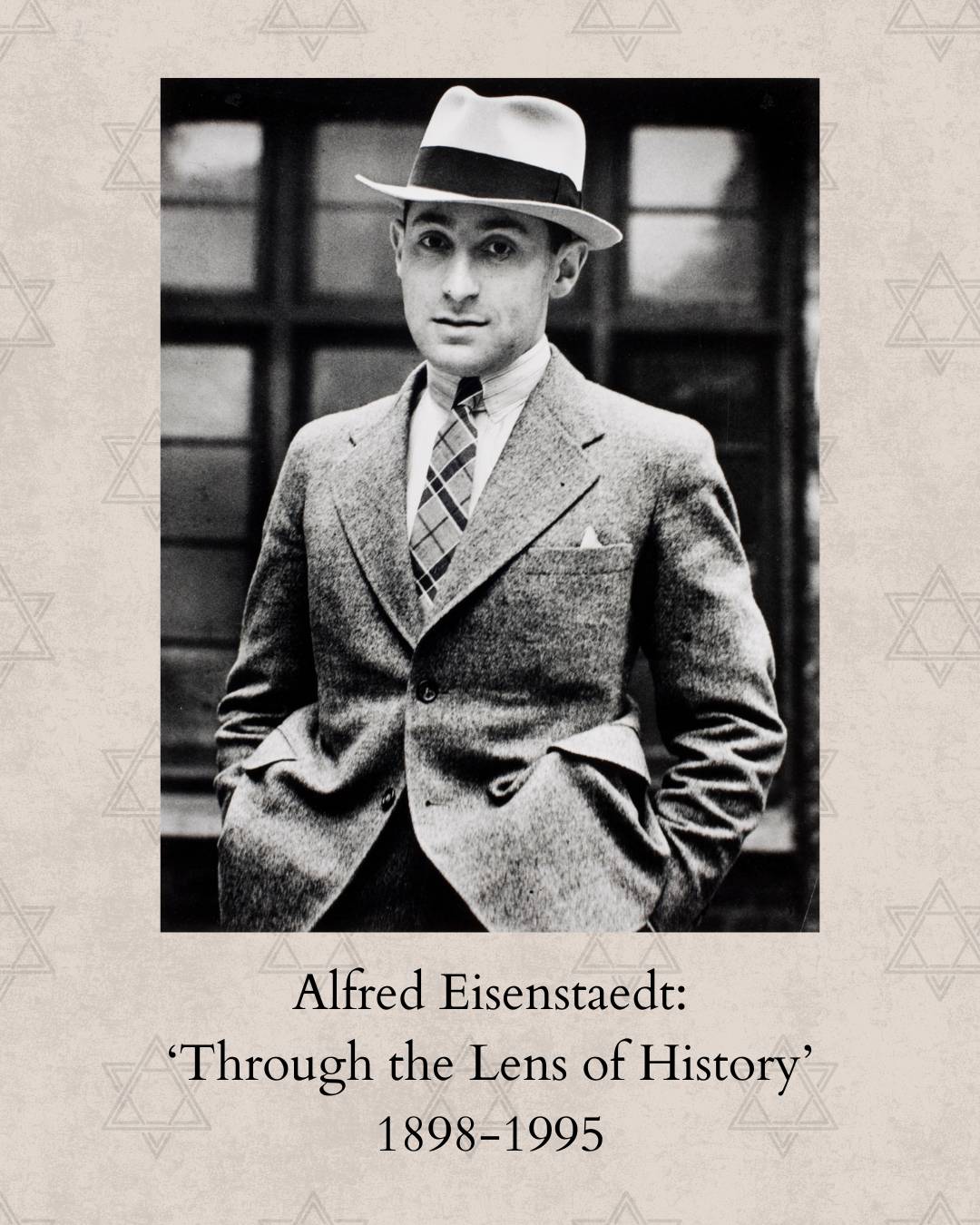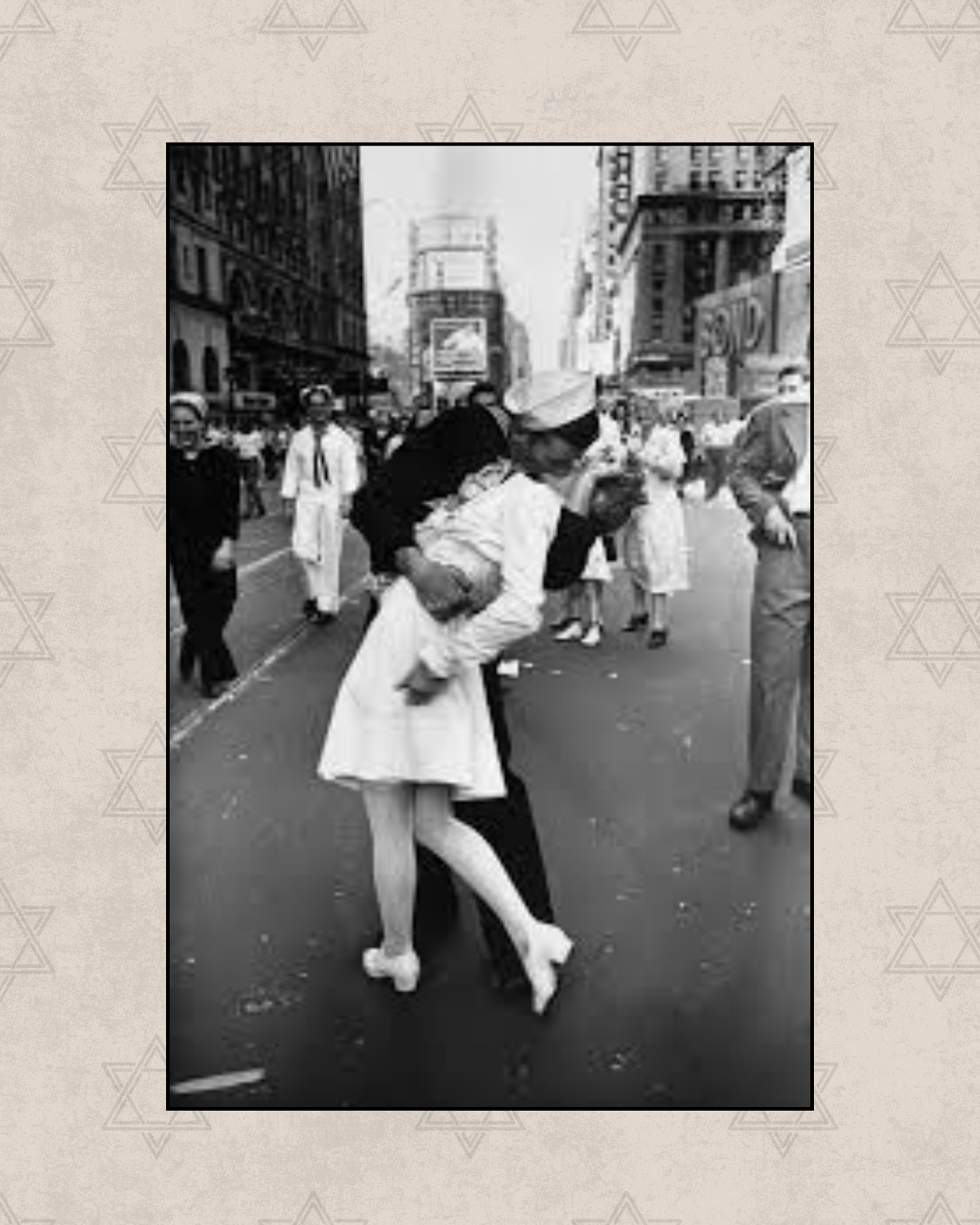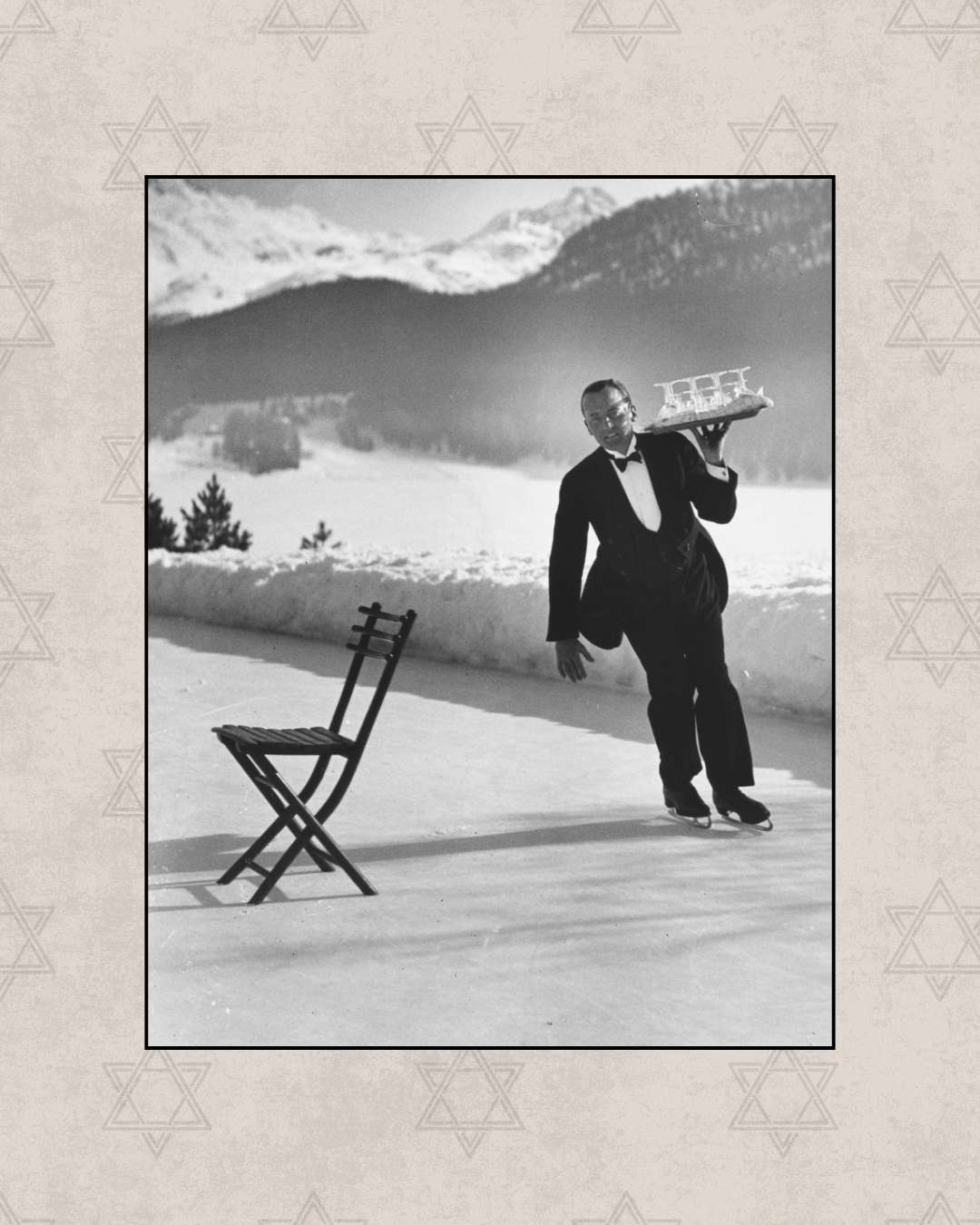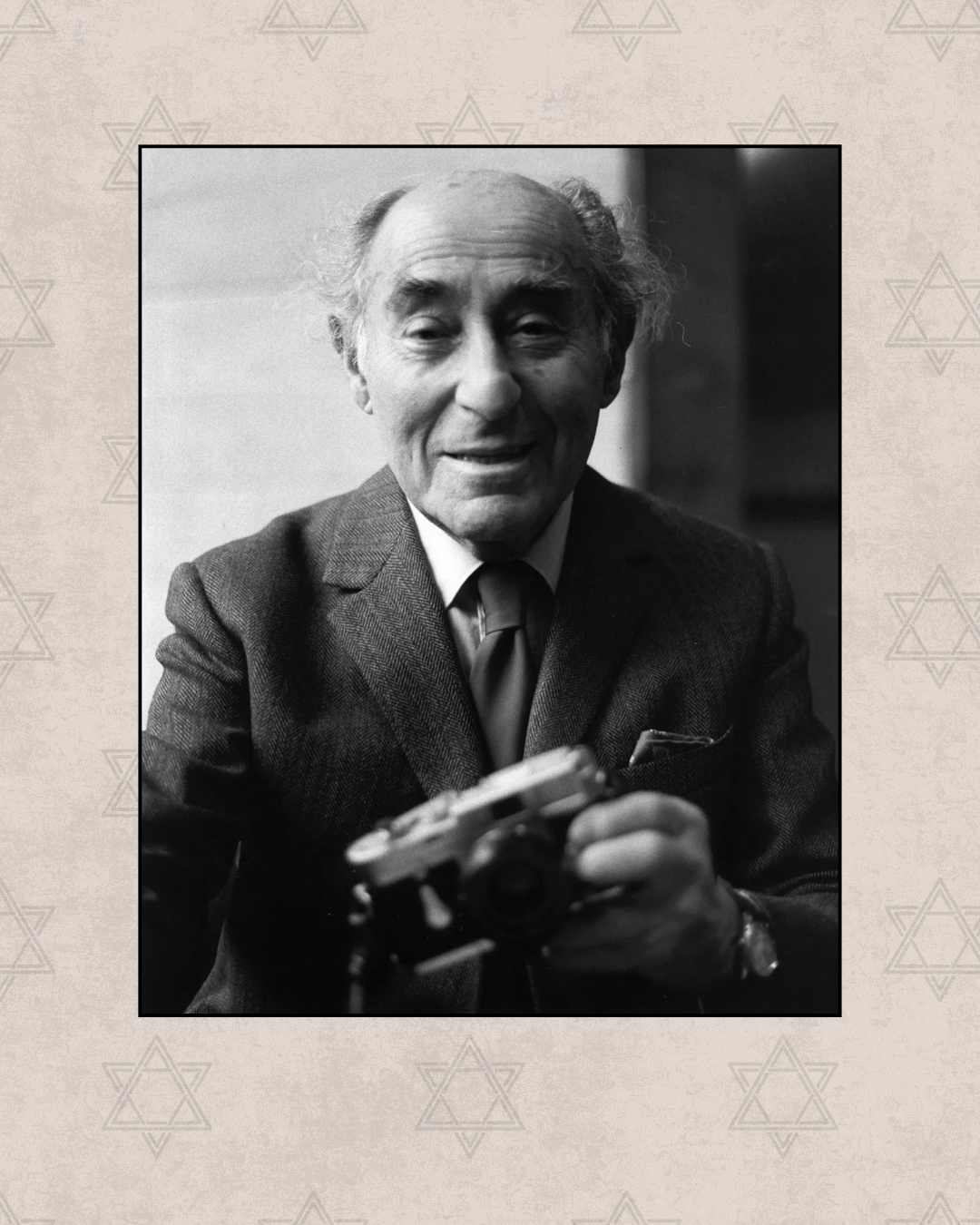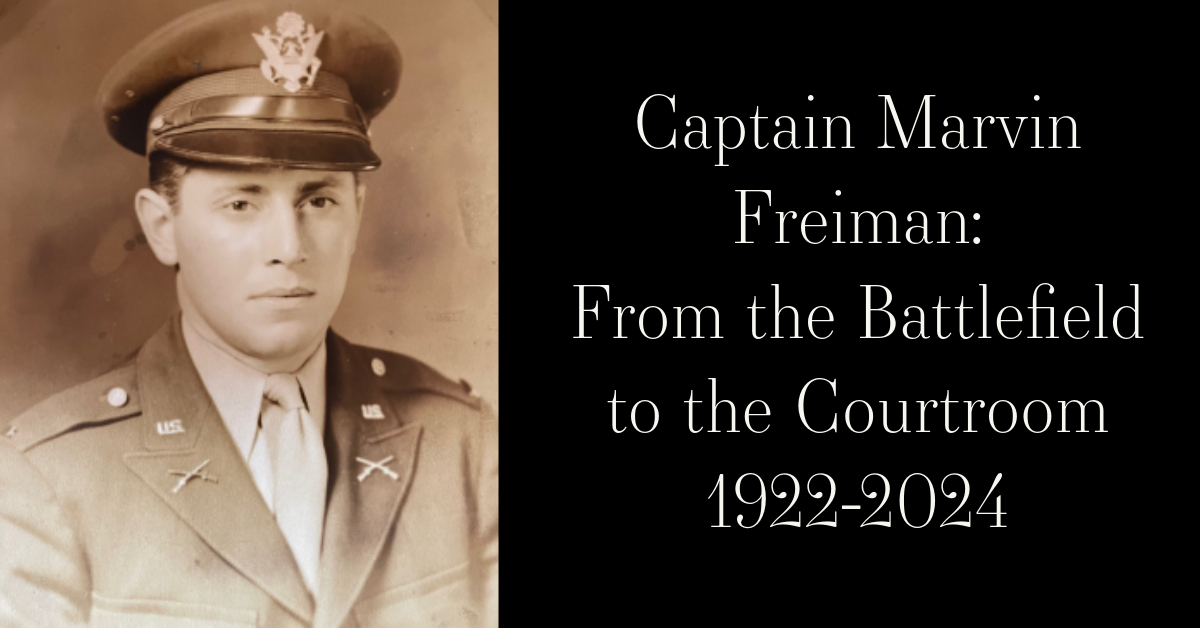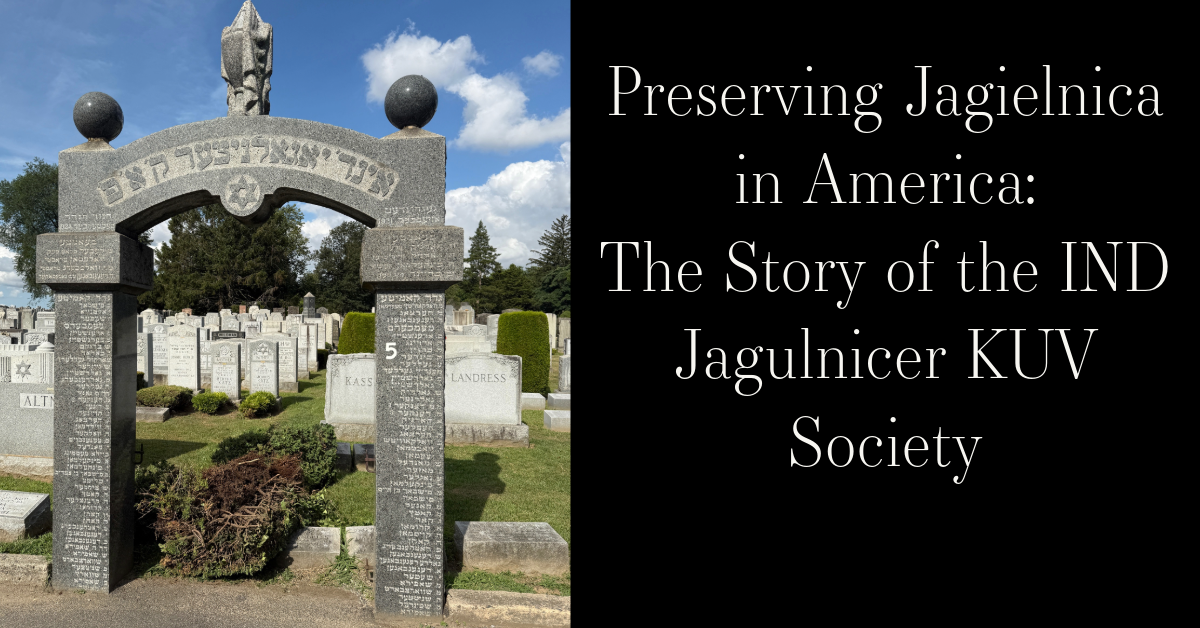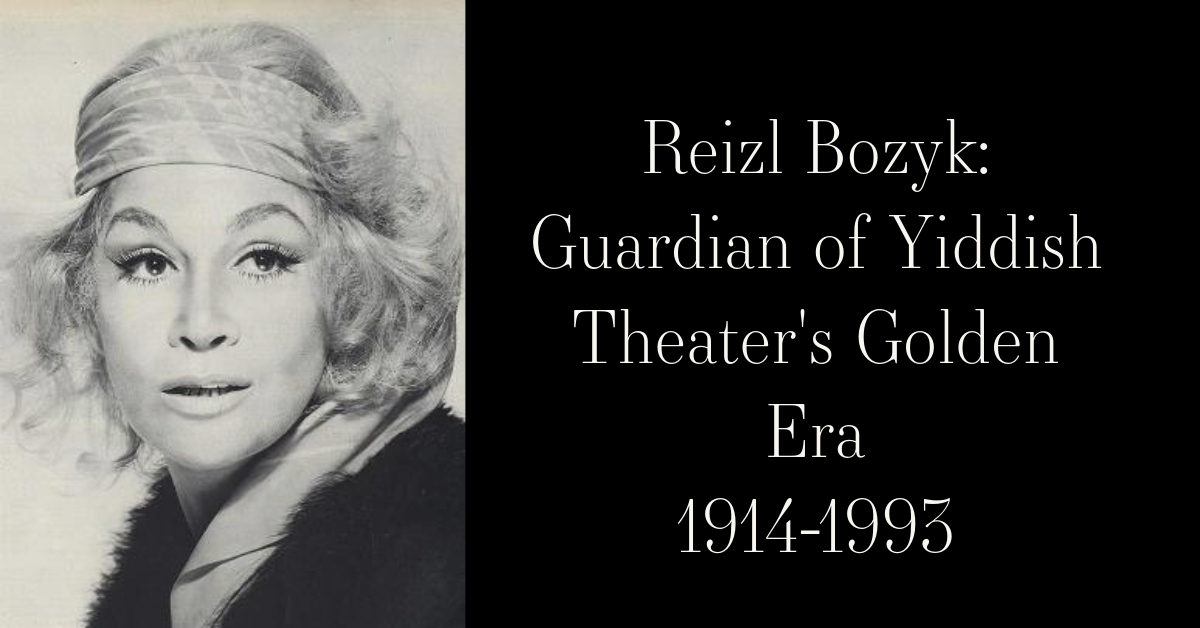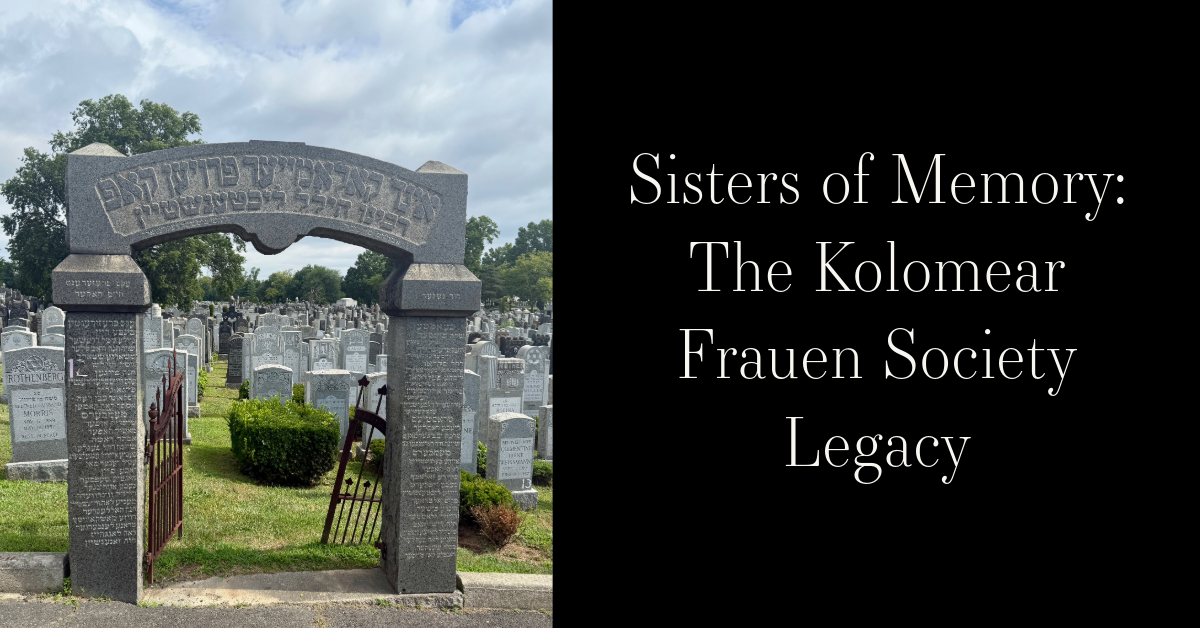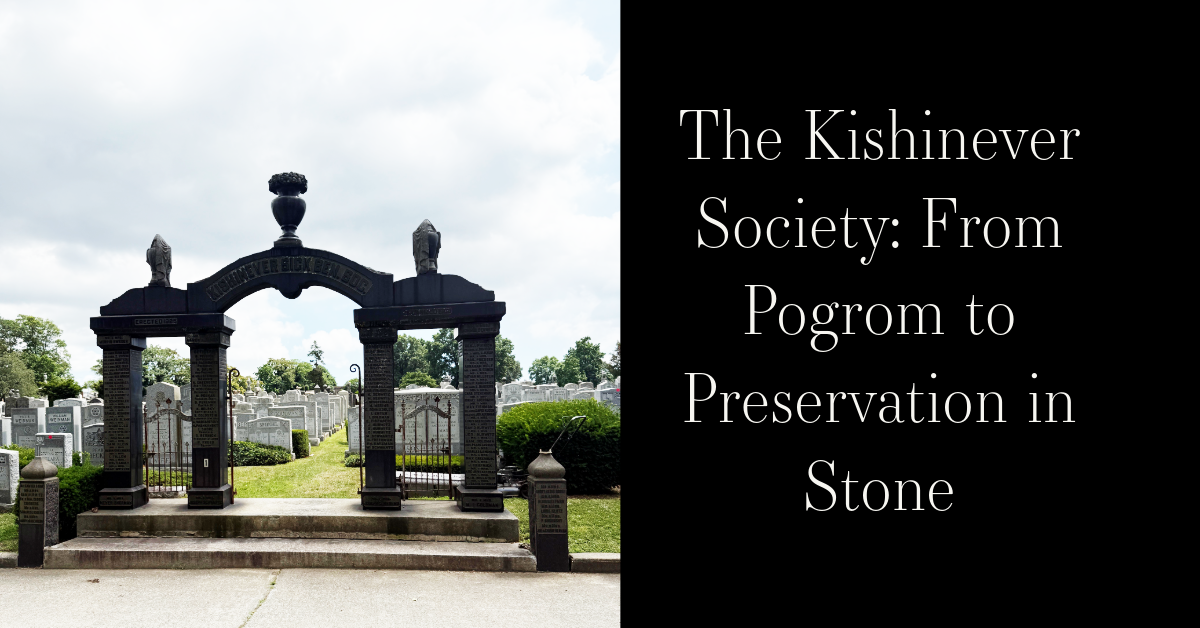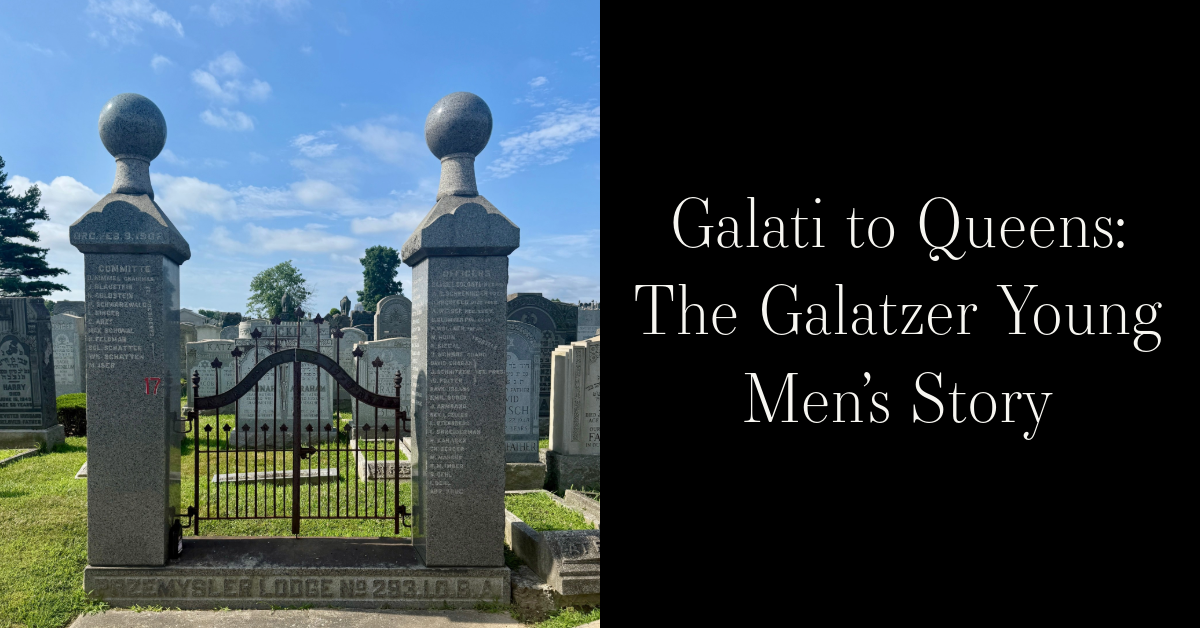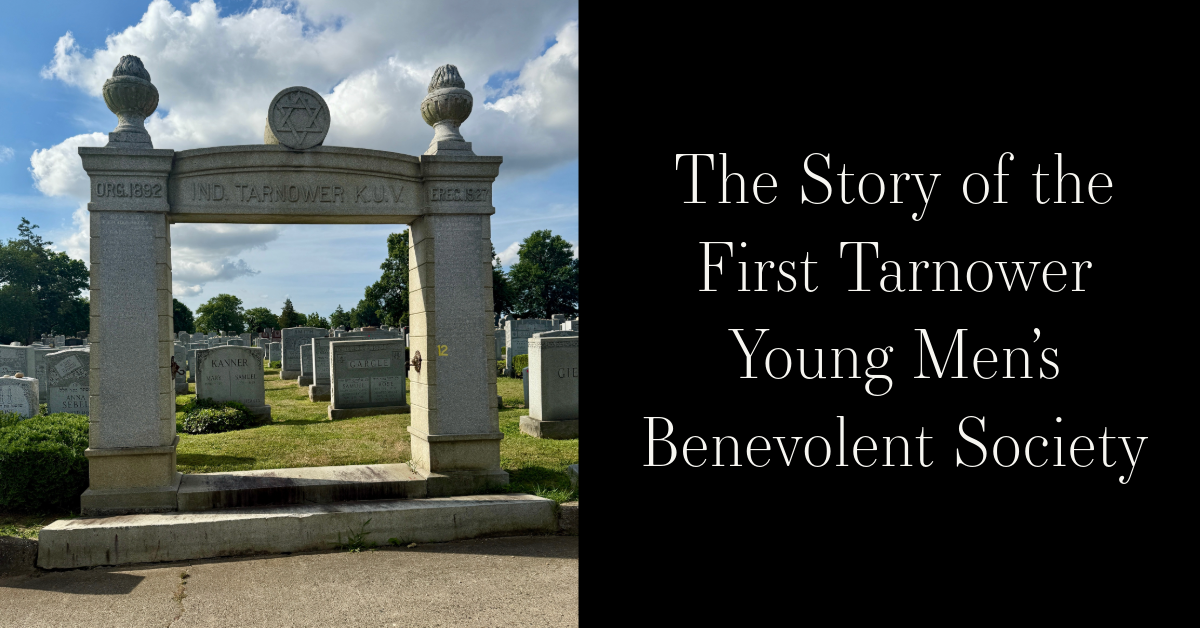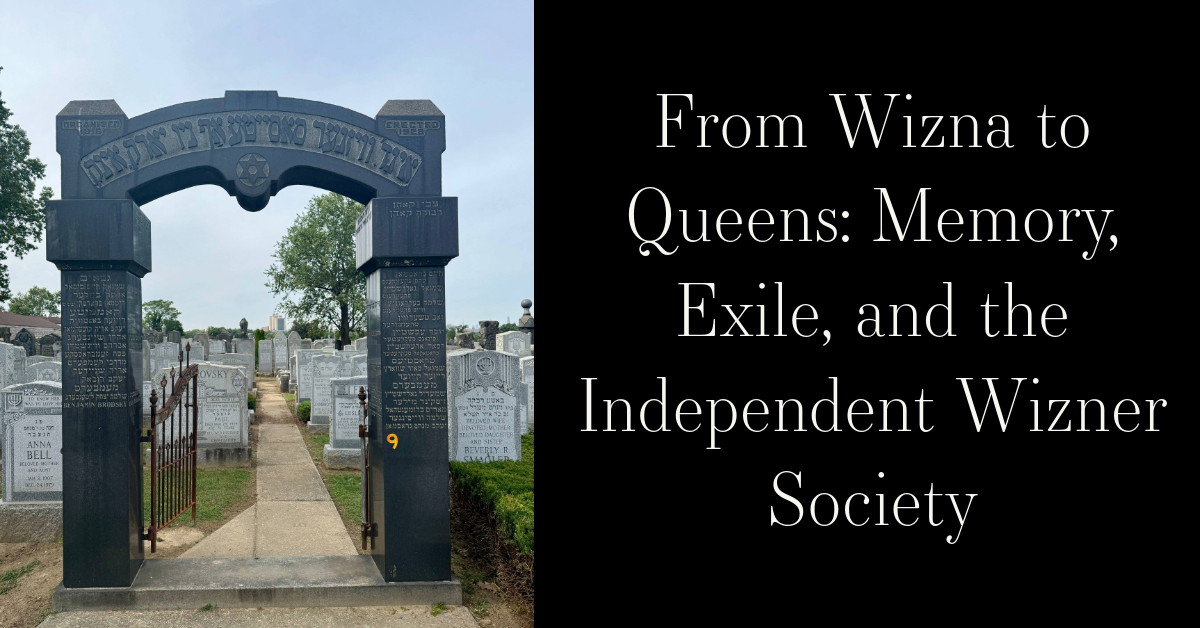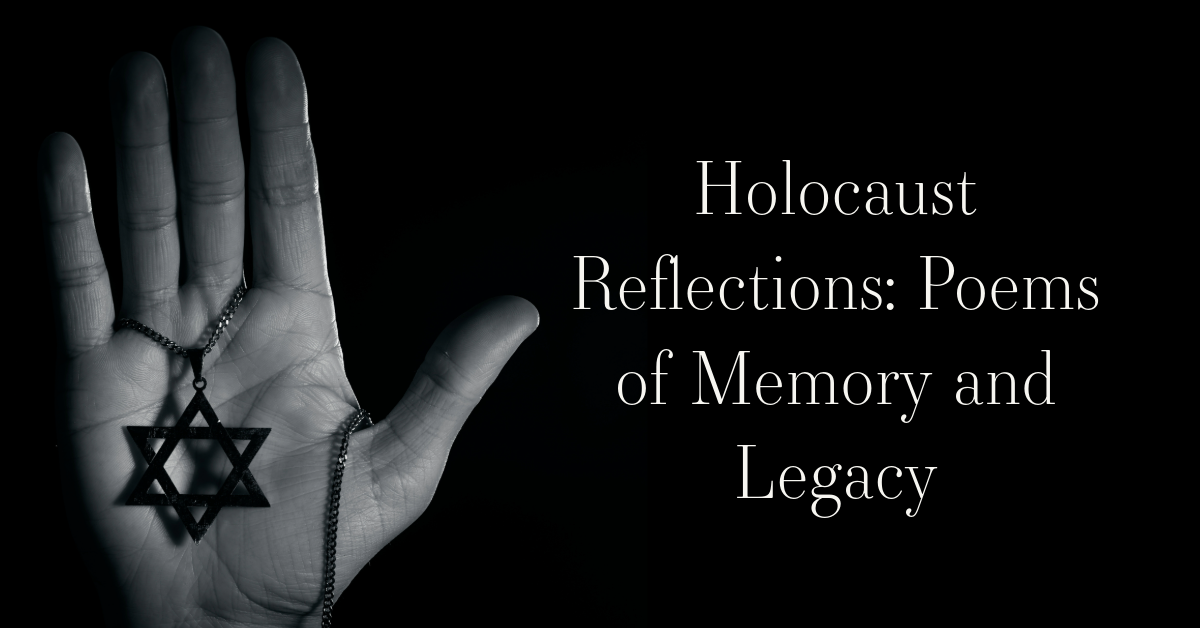Story Summary:
Alfred Eisenstaedt (1898-1995) was a pioneering German-born American photojournalist whose innate empathy and compositional brilliance helped define modern visual storytelling. Renowned for using compact Leica cameras and available light, Eisenstaedt captured both historic world events and intimate moments of everyday life with equal artistry. His most famous photograph, V-J Day in Times Square (August 14, 1945), became one of the most recognizable images of the 20th century and a symbol of postwar relief and joy. Over a career spanning seven decades, he produced thousands of photo essays and more than ninety Life magazine covers, leaving an enduring legacy that shaped the field of photojournalism. He was celebrated not only for his technical mastery but also for his ability to capture unguarded, spontaneous moments that revealed deeper human truths.~Blog by Jonathan Moskowitz
“Through the Lens of History: Alfred Eisenstaedt”
Early Life:
Alfred Eisenstaedt was born on December 6, 1898, in Dirschau, West Prussia (now Tczew, Poland), then part of the German Empire. In 1906, when Eisenstaedt was seven, his family relocated to Berlin, where he spent the remainder of his youth. His fascination with photography began at the age of eleven, when he received an Eastman Kodak Folding Camera with roll film as a gift. This early introduction sparked a lifelong passion for capturing the world through a lens.
During World War I, Eisenstaedt served in the German Army’s artillery unit and was injured in both legs, an experience that shaped his early adulthood. After the war, he returned to Berlin at a time when the Weimar Republic was marked by political upheaval but also artistic and cultural experimentation.
In the 1920s, while working as a belt and button salesman, Eisenstaedt pursued photography as a serious hobby before gradually turning it into a profession. By 1928, he was freelancing for the Pacific and Atlantic Photos’ Berlin office, which the Associated Press acquired in 1931. His photographs soon appeared in prominent publications such as Berliner Illustrirte Zeitung. Eisenstaedt’s early assignments included major political events; one of his most notable images was of the first meeting between Adolf Hitler and Benito Mussolini in 1934. In 1935, he also produced a striking series in Ethiopia just before the Italian invasion. These projects established him as one of Germany’s leading press photographers.
Professional Photography:
By 1929, Eisenstaedt had become a full-time photographer for Associated Press’s Pacific and Atlantic Picture Agency and published images in Berliner Illustrirte Zeitung and other magazines. Years later, he photographed the famous first meeting between Adolf Hitler and Benito Mussolini in Italy, and in 1935, he created a notable series of photographs of Ethiopia, just before the Italian invasion. Later that year, he and his family immigrated to the United States due to being Jewish in Hitler’s Nazi Germany. In April of 1936, he was hired by the new picture magazine Life and was one of their first four photographers. One of his images was published on the cover of the second issue, and he went on to become the leading Life photographer, eventually having some 2,500 photo-essays and 90 cover photos featured in the magazine.
As a Jewish man in Nazi Germany, Eisenstaedt faced escalating persecution. In 1935, recognizing the dangers posed by Hitler’s regime, he and his family emigrated to the United States, settling in New York City. In April 1936, he was hired by the newly launched Life magazine, becoming one of its first four staff photographers. His photograph of a waiter at a skating rink appeared on the cover of Life’s second issue (November 23, 1936), establishing him as a central figure in the magazine’s visual storytelling. Over the course of his forty-year career with Life, Eisenstaedt contributed approximately 2,500 photo-essays and more than 90 cover images. His subjects ranged widely, from world leaders such as Winston Churchill, Charles de Gaulle, and John F. Kennedy to cultural icons like Marilyn Monroe, Albert Einstein, and Sophia Loren. Despite his access to celebrities and power, Eisenstaedt also focused on capturing ordinary people, often seeking what he called “the storytelling moment.”
His most iconic photograph, V-J Day in Times Square, taken on August 14, 1945, depicted an American sailor spontaneously kissing a woman in a white dress during celebrations marking Japan’s surrender in World War II. Published in Life later that week, the image became an enduring symbol of relief, joy, and postwar optimism.
Personal Life and Final Years
After immigrating in 1935, Eisenstaedt made his home in New York City, where he resided for decades in Jackson Heights, Queens. In 1949, he married Kathy Kaye, a South African woman. The couple had no children, but they shared a close marriage until she died in 1972. Eisenstaedt never remarried.
Even in his later years, Eisenstaedt remained active, often spending summers on Martha’s Vineyard, where he entertained friends and continued to photograph. He worked well into his nineties, photographing figures such as President Bill Clinton in 1993. On August 23, 1995, at the age of 96, Eisenstaedt died at his cottage on Martha’s Vineyard, known as the Pilot House. He was accompanied by his sister-in-law, Lucille Kaye, and his longtime friend and fellow photographer William E. Marks.
Over his long career, Alfred Eisenstaedt photographed kings, dictators, movie stars, scientists, and ordinary people with equal dedication. His philosophy remained consistent: to use his small camera unobtrusively, to rely on natural light, and to capture fleeting expressions that told human stories. As he once said, his goal was always “to find and catch the storytelling moment.” Eisenstaedt’s work remains central to the history of photography, not only as documentation of the 20th century but also as enduring works of art. His photographs continue to resonate today, reminding viewers of the power of empathy, timing, and simplicity in capturing the human condition.
May his memory be a blessing.
~Blog by Jonathan Mosowitz
Work Cited:
https://www.britannica.com/biography/Alfred-Eisenstaedt
https://www.icp.org/browse/archive/constituents/alfred-eisenstaedt
https://en.wikipedia.org/wiki/Alfred_Eisenstaedt


